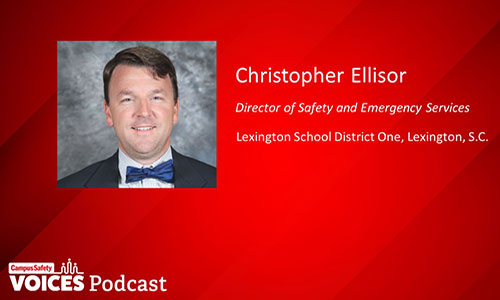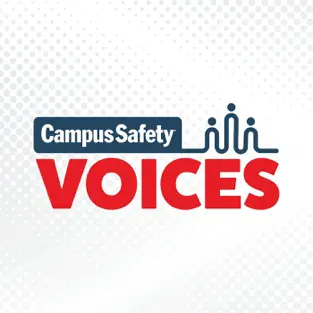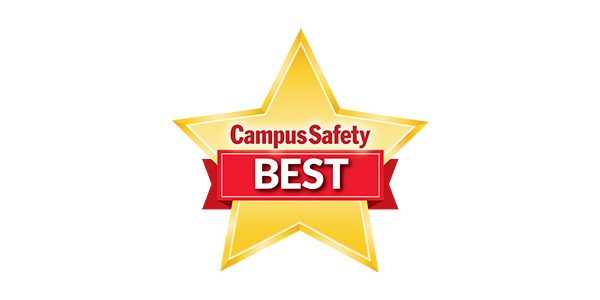Any adult with a teen or pre-teen in their life knows that for most of them, their cell phones are like appendages — never leaving their sides, including when they go to sleep. Some stay up into the early hours of the morning, scrolling through social media or texting and sharing memes with their friends. This preferred mode of communication for young students has led many schools to adopt a texting option for their anonymous tip lines.
At Lexington School District One in Lexington, S.C., 43% of anonymous tips come in after-school hours, according to Christopher Ellisor, director of safety and emergency services. Ellisor, a 2022 Campus Safety Director of the Year K-12 finalist, spearheaded the district’s adoption and implementation of a 24/7 texting option.
Since many students aren’t comfortable with calling in a tip, the district’s implementation of a texting option means more tips come in before the start of the school day, giving district leaders the ability to investigate a tip well before students start arriving.
“Students go home and they start texting and SnapChatting and Instagramming, and some of those students decide to send inappropriate materials or statements and reports come out of those,” said Ellisor. “Another student may see that and they’ll take a quick picture of that Snapchat and forward it to the tip line, which is fantastic because it gives us an opportunity to investigate it. Before, if somebody says they’re going to shoot the school up, I want to know about that at nine o’clock the night before and not wait until 6:30 the next morning to find out about it.”
[promo_content slug=”2022-campus-safety-director-of-the-year-winner-announcement-at-csc”]
Safety Director, Colleague Field Anonymous Tips Around the Clock
During after-school hours, Ellisor and a co-worker have taken on the responsibility of fielding incoming tips and forwarding the information to the necessary authorities.
“I get up rather late and he gets up rather early, so it kind of works out for both of us to monitor that,” he said.
Not long after the anonymous texting feature was added, a tip came in around 2 a.m. indicating a student had threatened to carry out a shooting at one of the schools. As soon as the tip came in, the pair began making phone calls to local police, who subsequently went to the student’s home.
“Even this school year, on the first day at five in the morning, the FBI was at the door of a student off of a tip received,” Ellisor continued. “You can’t wait on those things anymore. There used to be a day where a school would say, ‘We’ll deal with this the next morning.’ We’re past that in my opinion, and how we treat it here at Lexington One, is we’re going to act now to try and prevent any harm from occurring.”
Ellisor also credits the texting option with saving the lives of at least two students. Anonymous texts were sent regarding suicidal ideations and law enforcement immediately went to those students’ homes for wellness checks.
Listen to the full interview to hear more on Ellisor’s impressive achievements that made him stand out among many submissions for Director of the Year. During the interview, he also shared recommendations for schools looking to implement a similar texting option, including the need to consider a software solution that can handle threat assessments.









